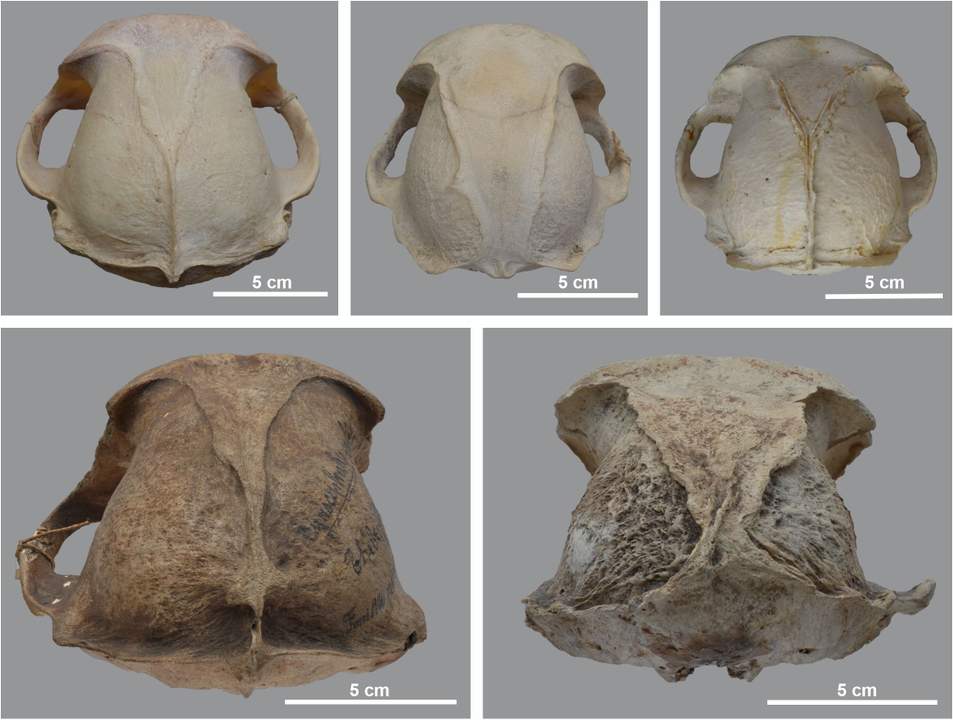The ancient Egyptians raised baboons in captivity before mummifying them. This is evidenced by research conducted by archaeologist Wim van Neer from the Institute of Natural Sciences and his colleagues. “Although they were sacred animals, they did not live an easy life. They suffered from malnutrition and lack of sunlight.”
For more than a thousand years, from the ninth century BC to the fourth century AD, the ancient Egyptians mummified millions of animals. They saw animals as embodiments of gods among humans. Cats, bulls and ibises are often found in old cemeteries, and sometimes other species such as Crocodiles and baboons, although the latter is very rare. Baboons worshiped them as representatives of Thoth, the moon god and wisdom, and advisor to the sun god Ra.

“Of all the animals that were sacred to the ancient Egyptians, baboons were the only ones that were not found in Egypt and therefore had to be imported,” says Van Neer. “We know very little about how they obtained these animals and what conditions they were kept in before mummification.” In this study, the researchers studied A A group of baboon mummies from the ancient Egyptian Monkey Cemetery siteThe so-called Valley of the Monkeys on the western shore of Luxor.

Skeletal deformities
The team examined the skeletal remains of about 36 individual baboons from two species, mantled baboons.Papio Hamadrias) and the green baboon (Black papio), on the date Between 800 and 500 BC. The remains were excavated in 1905 and 1906 by a French team from the Natural History Museum in Lyon, where they are still preserved today. The original description, about 120 years old, paid relatively little attention to the skeletal deformities of the baboons in the Monkey Cemetery. The study by Van Neer and colleagues re-examined the results, but with… Focus on paleopathology (the study of the history of disease using ancient animal remains), in order to learn more about the conditions under which baboons were kept.
Most baboons must be suffering from malnutrition and lack of sunlight.
Wim van Neer, Institute of Natural Sciences

“Only four of the baboons looked healthy, while the others showed defects,” Van Neer said. “Often they have Bent limbs, which is typical of rickets. This is because of one thing Vitamin D deficiencyDue to lack of sunlight.” The researchers also saw many deformities in the skull and lower jaw. An unbalanced and insufficient diet could also explain the skeletal deformities. “Most baboons must have suffered from this Malnutrition and lack of sunlight“.


He grows up in captivity
The skeletal deformities of the monkey monkeys show that these monkeys suffered from inadequate housing and an inappropriate diet for most of their lives. This indicates that Animals are born and raised in captivity. Fairly equal proportions of males and females and the presence of infants and young animals also indicate the presence of A Local breeding population They were there to meet the demand.
Baboons are good climbers, so they may have been kept in buildings or enclosures with high walls.
Wim van Neer, Institute of Natural Sciences
The poor living conditions of ancient Egyptian baboons seem to belie the widespread and respectful treatment the animals received after their deaths as mummies. But Van Neer believes the intentions were good: “Maybe they tried to take good care of the animals, but it wasn’t easy. Baboons are good climbers and may have been kept in buildings or enclosures with high walls to prevent them from escaping. As a result, they lacked sunlight and developed developmental disorders. There are no signs of broken bones to indicate that the animals have been subjected to physical abuse; The only exception is swelling of the skull of a person who has suffered a blow to the head.

Across the Nile and the Red Sea
The researchers also identified a small number of healthy specimens that were likely imported directly from the wild, perhaps for further breeding. Baboons do not occur naturally in Egypt, and They had to be imported via trade routes. “They went to great lengths to import these animals,” said Pia De Cooper (Institute of Natural Sciences), co-author of the study. “The green baboons came from the south, from present-day Sudan, and were brought downstream via the Nile.” Importing mantled baboons was less easy. They came from the Horn of Africa or the southern part of the Arabian Peninsula. “This means that they first had to cross the Red Sea in boats and then through the desert!”
They went to great lengths to import animals.
Pia D. Cooper, Institute of Natural Sciences
Capturing a baboon and transporting it to ancient Egypt was undoubtedly not a pleasant moment in the life of a baboon. Evidence of this is also the presence of two incisors in the upper and lower jaws of one of the healthy baboon skeletons. “You see one Horizontal line on the tooth“We call this hypoplasia,” De Cooper says. “Such a line indicates a temporary cessation of tooth growth due to a period of great stress. This deviation is possible It happened becauseStress at the time they captured the baboonWhen he was about 2 years old. After that, the animal lived in captivity for another 6 years, judging by tooth wear.

Other studies
These findings provide insight into how baboons were kept and treated in ancient Egypt before they were eventually mummified. But there’s still more to know. For example, the authors suggest that more research be conducted on… teeth Of animals can provide more data about Exactly what they were fed. And if he succeeds DNA Snippet of the remains, they might find out Where the animals were caught from the wild and what breeding practices their breeders used.
The study was published in the journal One plus: Pathological and demographic data reveal the conditions of preservation of ancient baboons in the Monkey Cemetery (Thebes, Egypt)..





